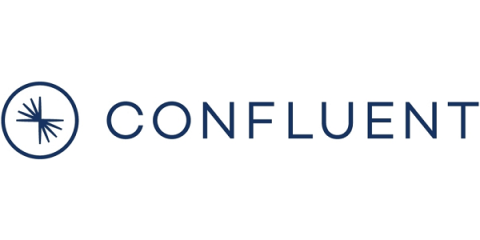Watermark Alignment Explained in 2 Minutes | Apache Flink in Action
Watermark alignment is a relatively new feature in Apache Flink. It lets you cope with the problem of needing to temporally join streams with mismatched event frequencies, e.g., one stream’s updates are much more frequent than those of the stream(s) with which you need to join it. In this video we’ll break the feature down, and relate how it can help you better manage your Apache Flink integration.











